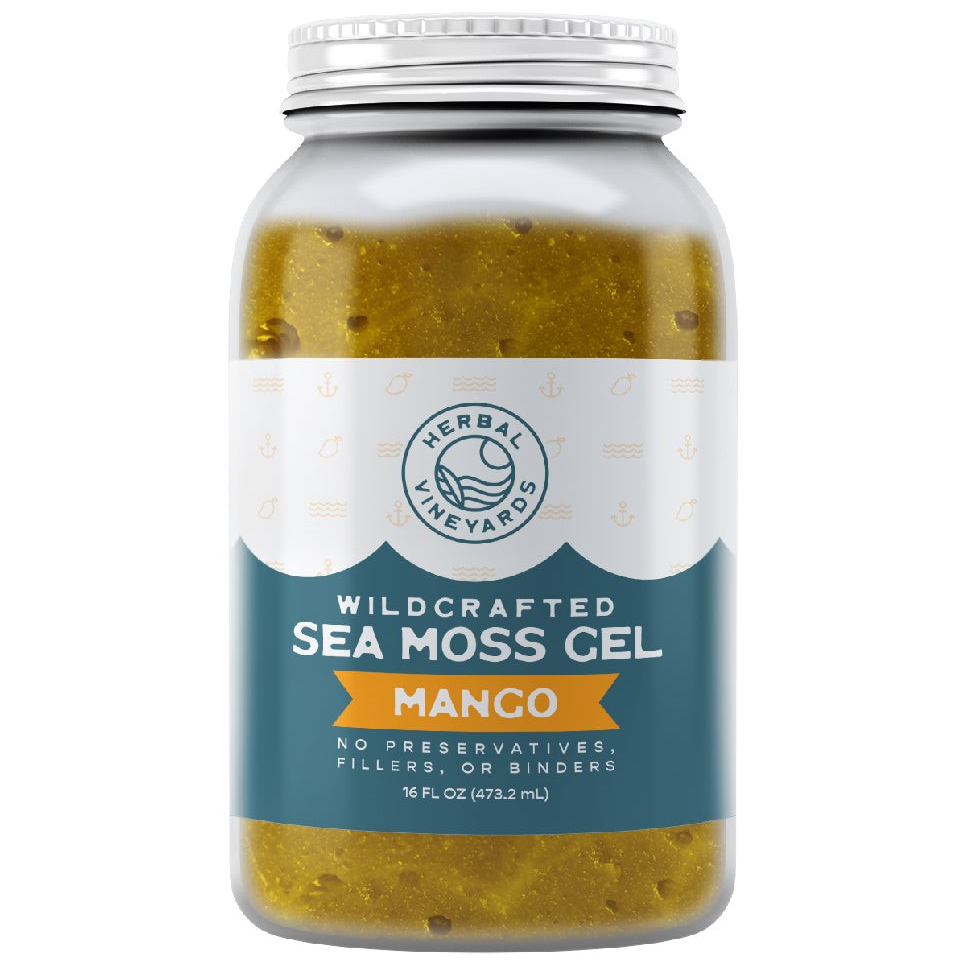How To Use Sea Moss for Children
Sea moss, scientifically known as Chondrus crispus, is a type of red algae that flourishes in the Atlantic Ocean surrounding North America and Europe. For centuries, it has been utilized in traditional medicine due to its various health advantages.
This nutrient-rich seaweed contains more than 90 vital minerals, such as iodine, calcium, potassium, and magnesium, that are important for preserving optimal health. Nevertheless, when considering the addition of sea moss to a child's diet, there are multiple factors to evaluate if it is safe and advantageous for them.
Continue reading to explore the benefits of sea moss for kids and how they can consume it safely.
Benefits of Sea Moss for Children
Sea moss is abundant in vital nutrients that contribute to different aspects of children's well-being. For instance, the minerals calcium and magnesium are essential for the development of bones and teeth and play a vital role during the initial stages of a child's growth.
Similarly, iodine is essential for proper thyroid activity and brain growth. Iodine deficiency at an early age can result in cognitive issues, making it an essential nutrient for developing children.
In addition, iron is essential for the formation of hemoglobin, which transports oxygen in the bloodstream, and for avoiding anemia, and zinc, along with vitamins A, C, and E, are recognized for enhancing the immune system and safeguarding cells from harm.
Lastly, sea moss is rich in prebiotic fiber that can enhance a healthy gut microbiome, assisting with digestion and helping to prevent problems such as constipation. The antioxidants in sea moss may safeguard against skin damage and contribute to overall skin wellness.
How To Give Sea Moss to Children?
Sea moss is typically deemed safe for children when utilized correctly, yet there are various aspects to take into account:
Age Consideration: Many specialists advise that sea moss should not be part of the diet for children younger than three years. Younger children might possess more delicate digestive systems, and introducing sea moss prematurely could cause digestive issues.
Dosage: Balance is essential. For children older than three, a typical initial dosage of approximately one teaspoon of sea moss gel daily is frequently advised. This quantity can be slowly raised as the child grows, but it is important not to surpass the advised dosage – about 4 to 8 grams of sea moss daily – to prevent possible side effects.
Source and Quality: The safety of sea moss largely relies on where it comes from. Selecting high-quality, organic sea moss free of contaminants like heavy metals is crucial. This is especially crucial for children, who are more susceptible to the negative impacts of toxins.
Allergies and Sensitivities: Although sea moss allergies are uncommon, they can occur. Symptoms may consist of hives, itching, swelling, and gastrointestinal disturbance. Parents should slowly introduce sea moss and watch for any negative reactions. If any signs of an allergic reaction appear, stop using the product right away and seek advice from a healthcare professional.
Final Thoughts
Considering the advantages outlined above, sea moss can be an important enhancement to a child's nutrition, particularly if they have nutritional deficiencies or particular health requirements. Nevertheless, it's crucial to use it carefully.
If your children have any health concerns, you should speak to their pediatricians first to inquire if they can consume sea moss and determine the exact dosage. Once you receive approval from their healthcare provider, incorporate Herbal Vineyard’s Sea Moss into your child's diet for maintaining optimal health and overall well-being.







